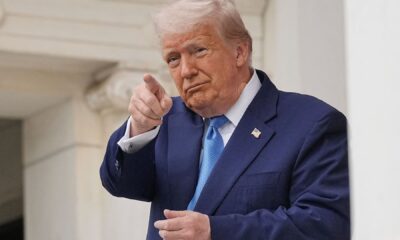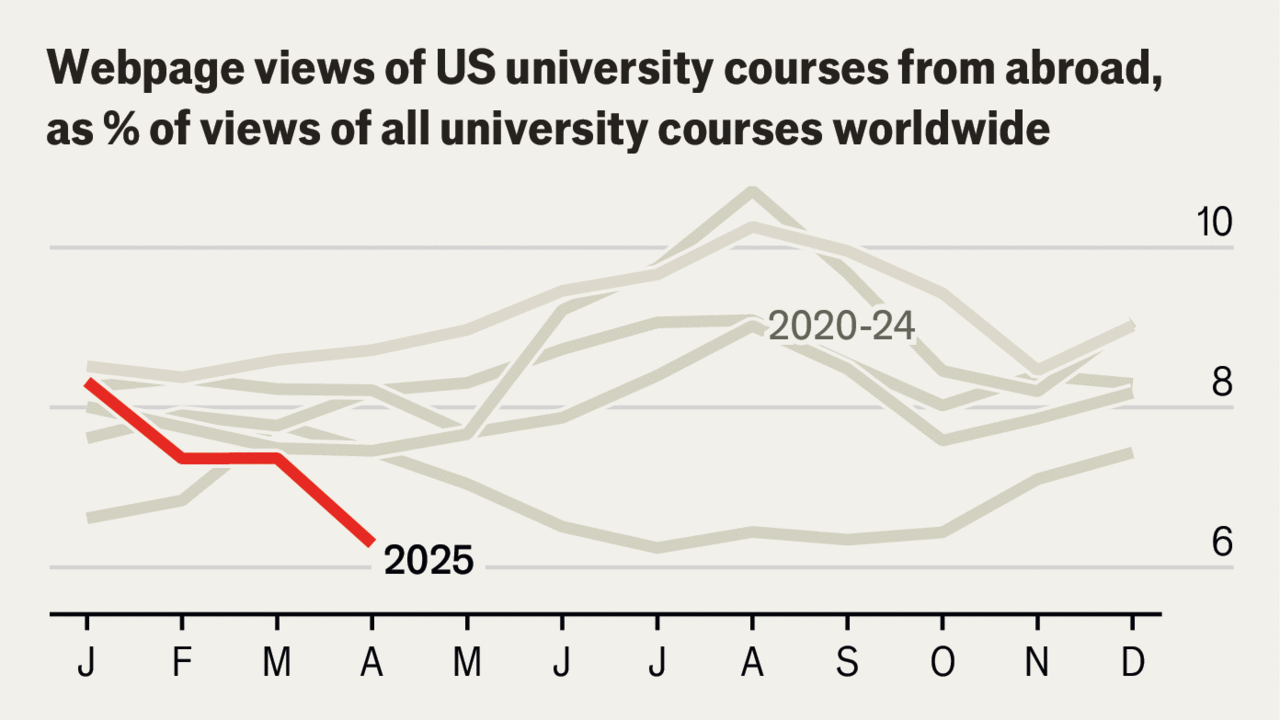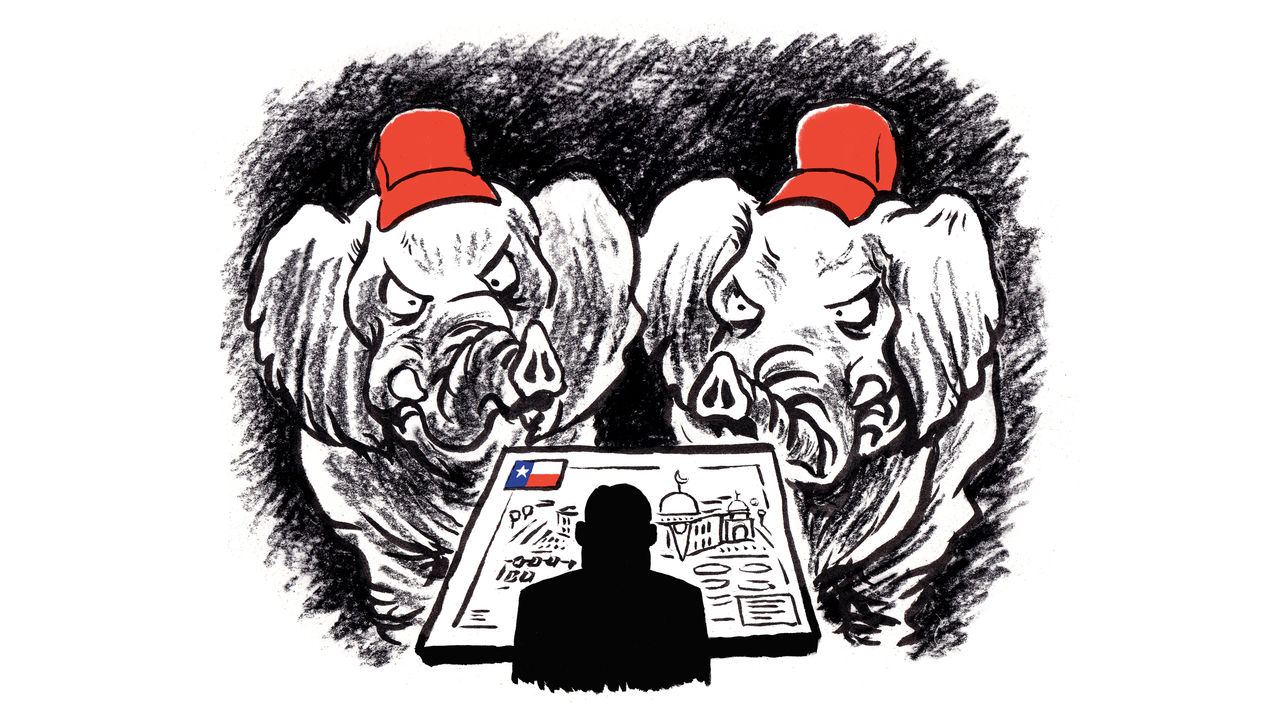We’re Hiring, Part-time heroes wanted, sign at entrance to Target Store, Queens, New York.
Lindsey Nicholson | Universal Images Group | Getty Images
The unemployment rate among Black Americans jumped in March, according to data released Friday by the Department of Labor.
Black unemployment rose to 6.4% last month, up from 5.6% in February. That’s higher than the overall unemployment rate, which edged lower to 3.8% last month, as well as the 3.4% jobless rate for white Americans, which held steady from February.
When accounting for gender, the unemployment rate for Black women aged 20 or older spiked to 5.6%, a big increase from the 4.4% rate in February. Black men’s jobless rates climbed slightly higher to 6.2% from 6.1%.
“That’s a concerning trend,” said Elise Gould, a senior economist at the Economic Policy Institute.
Gould pointed out that the unemployment rate for Black Americans has been steadily increasing since December. “I would say it’s not alarming yet, but I think it’s something that we really need to watch in coming months,” she added.
While March’s increase was primarily driven by the surge among Black women, Gould noted that in the past four months, the unemployment rates for both men and women has risen. However, she also cautioned that monthly data for demographic groups can be volatile by nature.
Last month, the labor force participation rate – the percentage of the population that is either employed or actively seeking work – among Black Americans inched lower to 63.6%, down from 63.7% in February. For Black women, the rate ticked lower to 63% from 63.4%, while it inched down to 69.6% from 69.8% among Black men.
“People are looking for more opportunities, not all of them are getting them, and that’s why the unemployment rate is rising,” Gould added.
This compares to the overall U.S. labor market participation rate, which rose to 62.7% in March from February’s 62.5%.
Black Americans were the demographic group that suffered the most from Covid-induced business shutdowns. The unemployment rate for Black workers peaked at 16.8% in 2020, higher than the overall unemployment rate’s April 2020 high of 14.7%.
Hispanic Americans saw their unemployment rate drop to 4.5% from 5% last month. Similarly, Asian unemployment fell to 2.5% from 3.4% in February.
— CNBC’s Gabriel Cortes contributed to this report.

 Accounting7 days ago
Accounting7 days ago
 Economics1 week ago
Economics1 week ago
 Personal Finance7 days ago
Personal Finance7 days ago
 Accounting7 days ago
Accounting7 days ago
 Finance6 days ago
Finance6 days ago
 Economics1 week ago
Economics1 week ago
 Economics1 week ago
Economics1 week ago
 Economics1 week ago
Economics1 week ago



















